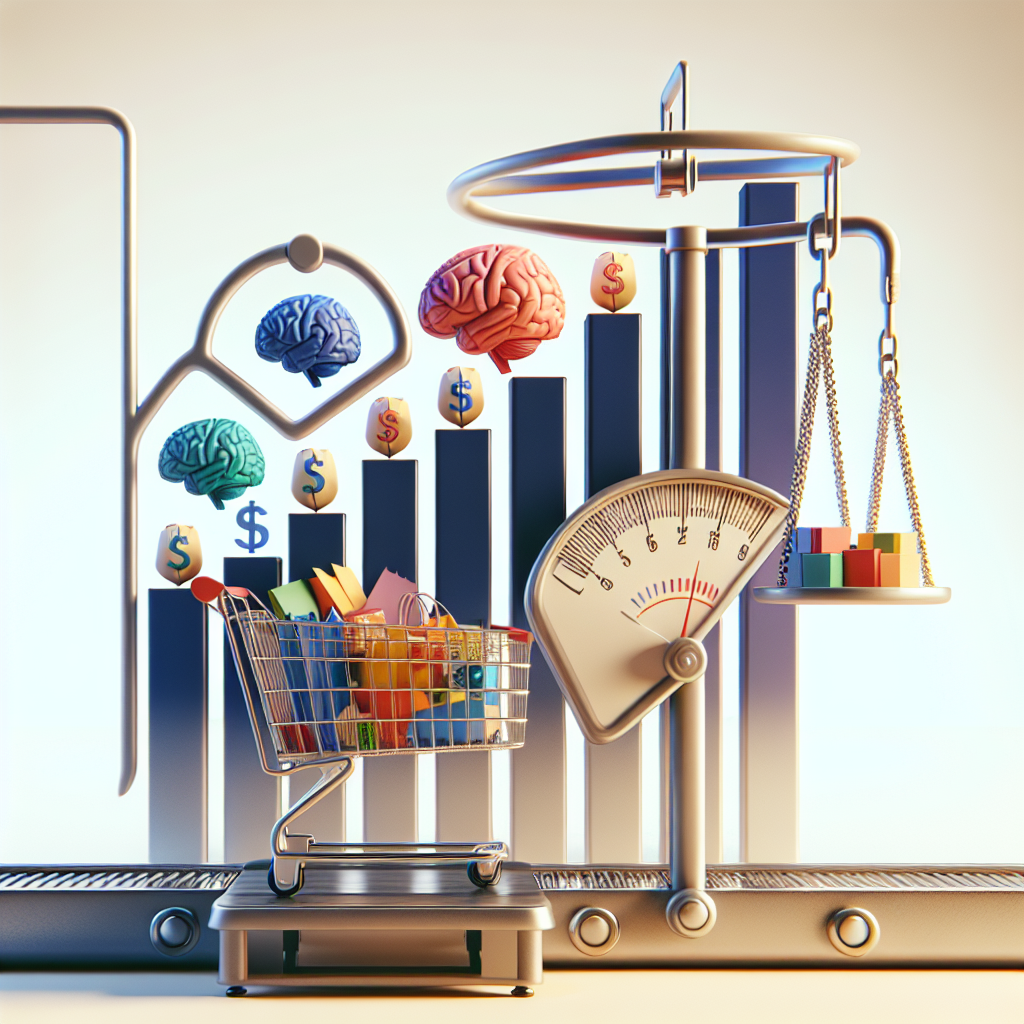Signs of Consumer Spending Slowdown: Insights from Fed’s John Williams
In a recent interview with Bloomberg, John Williams, President of the New York Federal Reserve, indicated that early signs are emerging suggesting consumers may be pulling back on their spending. This trend could be indicative of slower economic growth in the near future. Williams, a key figure in the Federal Reserve’s leadership and an ally of Fed Chair Jerome Powell, stated that reports from various businesses suggest a notable shift in consumer behavior as many begin to prepare for potential economic ramifications tied to tariffs.
Current State of Consumer Spending
Williams noted that while consumers have maintained a relatively healthy spending pattern, there are growing indications that they are becoming cautious. Surveys reveal that many individuals are increasingly worried about job security, income stability, and the possibility of rising inflation due to tariffs imposed on imported goods. Such concerns could deter consumers from making purchases, leading to a slowdown in economic activity.
Interestingly, hard data began to show signs of reduced spending earlier this year, though this effect was initially masked by a surge in imports. Many consumers rushed to buy goods in anticipation of higher prices, a behavior that worries economists. Experts fear that this “pull forward” in purchases could lead to weaker spending in the subsequent months as consumers may have exhausted their current purchasing power.
Economic Growth and Consumer Confidence
The U.S. economy appears to be experiencing a slowdown, as indicated by a slight contraction in the Gross Domestic Product (GDP) during the first quarter of the year. However, the central bank downplayed the significance of this weak reading in their recent policy statements. Fed officials maintain that recent indicators point toward ongoing expansion in economic activity, albeit at a slower pace.
Chairman Powell underscored specific areas of consumer spending that demonstrate resilience, particularly private domestic final purchases, which experienced a solid 3% growth. Despite this, Powell admitted that consumer demand for imported goods might skew the actual demand rate, cautioning that it could overstate the strength of the overall economy.
Potential Implications of a Spending Slowdown
As spending from consumers begins to wane, there could be subsequent pressure on the labor market, prompting the Federal Reserve to consider interest rate cuts. The central bank has maintained rates in the range of 4.25% to 4.5% for three consecutive meetings. In their policy discussions, Fed officials acknowledged that the current tariff situation raises concerns regarding higher unemployment rates alongside inflationary pressures.
Financial markets are closely watching this scenario, with investors pricing in expectations for a 25-basis-point rate cut potentially occurring in July, followed by more reductions throughout the year. Nevertheless, despite expectations of easing monetary policy, central bank officials express trepidation that the inflationary pressures stemming from tariffs could become a persistent force.
Consumer Behavior and Future Expectations
The ongoing inflationary climate has led to a conditioned expectation among consumers that rising prices are now a norm. This sentiment can itself foster a cycle of upward pressure on inflation, as heightened expectations drive more spending at increased prices. In his interview, Williams reiterated the overarching theme of uncertainty that permeates current economic conditions and trade policies, emphasizing the Federal Reserve’s commitment to making informed decisions as more data becomes available.
Upcoming Economic Indicators
This week, the government is set to publish retail sales data for April, which analysts anticipate will provide crucial insights into shifting consumer demand. Economists surveyed by the Wall Street Journal predict only a marginal 0.1% increase in retail sales, marking the third instance of weak readings within four months.
The landscape for consumer spending is evolving, and analysts are closely monitoring both consumer sentiment and economic indicators for clearer insights into consumer behavior. As Fed officials weigh potential policy responses to these developments, they are keenly aware that the actions taken now could significantly alter the trajectory of the economy moving forward.
